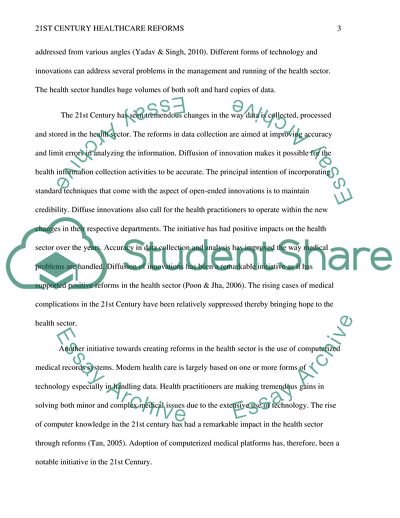Cite this document
(21st Century Healthcare Information Systems Coursework, n.d.)
21st Century Healthcare Information Systems Coursework. https://studentshare.org/health-sciences-medicine/1880319-healthcare-reform-and-21st-century-healthcare-information-systems
21st Century Healthcare Information Systems Coursework. https://studentshare.org/health-sciences-medicine/1880319-healthcare-reform-and-21st-century-healthcare-information-systems
(21st Century Healthcare Information Systems Coursework)
21st Century Healthcare Information Systems Coursework. https://studentshare.org/health-sciences-medicine/1880319-healthcare-reform-and-21st-century-healthcare-information-systems.
21st Century Healthcare Information Systems Coursework. https://studentshare.org/health-sciences-medicine/1880319-healthcare-reform-and-21st-century-healthcare-information-systems.
“21st Century Healthcare Information Systems Coursework”. https://studentshare.org/health-sciences-medicine/1880319-healthcare-reform-and-21st-century-healthcare-information-systems.


